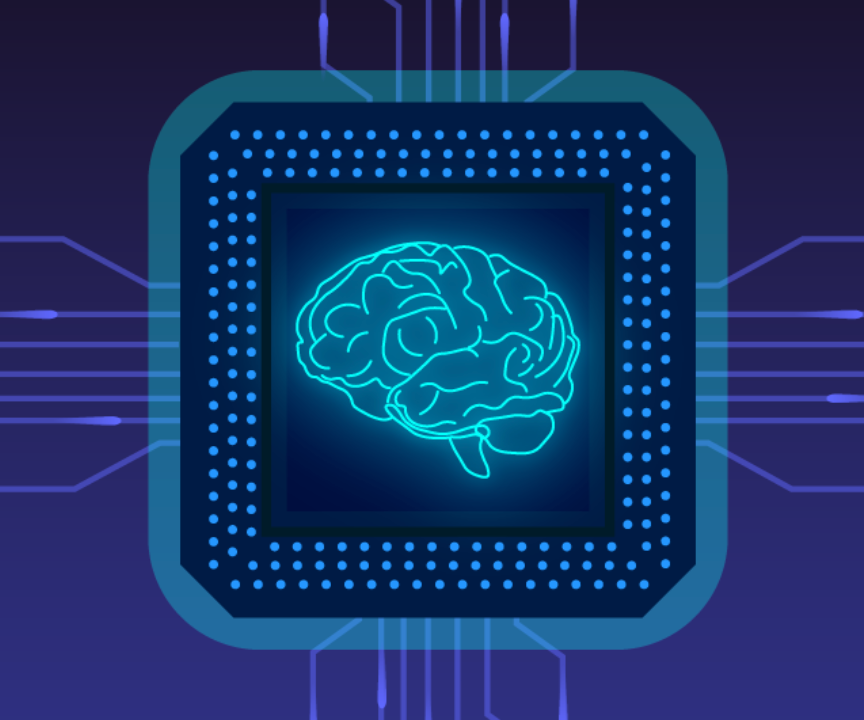AI is Useless without Process Innovation
- Michael Clark

- Aug 16
- 2 min read
Updated: Aug 23

The past two years have witnessed an unprecedented fervor in the tech world, a level of excitement and rapid development that has not been seen since the financial crisis of 2008. The emergence and evolution of artificial intelligence (AI) have been at the forefront of this transformation, with the technology being simultaneously celebrated as a savior for industries and criticized as a potential threat to the livelihoods of creatives and knowledge workers. Many have begun to view AI as the de facto future of work, suggesting that it will redefine job roles, enhance productivity, and create new opportunities across various sectors. In this context, Mag 7, a leading player in the tech industry, is investing over a billion dollars a day into datacenter infrastructure. This staggering investment is aimed at ensuring that all these envisioned futures—whether they be utopian or dystopian—are made possible, creating a robust backbone for the AI revolution.
Despite this monumental shift towards AI integration, a significant number of businesses continue to grapple with the challenge of effectively utilizing these advanced tools in a productive manner. This struggle is not surprising, as the complexities associated with AI implementation can be daunting. AI, in its essence, is a powerful technology; however, on its own, it can be rendered ineffective and even counterproductive if not harnessed correctly. Automation, for example, generates value only when it is thoughtfully combined with workflow optimization, clearly defined financial outcomes, and innovative approaches to business processes. Over the past decade, many companies have leaned heavily on enhancing their technical capabilities in an effort to replace traditional strategies such as Continuous Process Improvement (CPI) and Business Process Outsourcing (BPO). However, as we navigate the age of AI, the ability to return to and refine these core competencies may very well emerge as the next critical competitive differentiator that sets successful companies apart from their less fortunate counterparts.
As data companies, our primary role is to guide customers in understanding how to effectively use and measure the impact of these powerful tools. We must take on the responsibility of demonstrating how to wield the metaphorical hammer and chisel to carve out beautiful sculptures from blocks of raw stone, showcasing the vast possibilities that lie within. By merging a profound understanding of the technological landscape with in-depth knowledge of various sectors, we can empower customers to think beyond their preconceived limitations. This approach enables us to drive truly innovative and valuable outcomes for their businesses. Until we achieve this level of understanding and implementation, customers will remain trapped in a cycle of frustration, left with limited-functionality chatbots and other AI tools that fail to deliver a meaningful return on investment (ROI). It is imperative that we move beyond mere implementation and focus on creating a strategic framework that allows AI to flourish, ensuring that it becomes a genuine asset rather than just another technological burden.




Comments